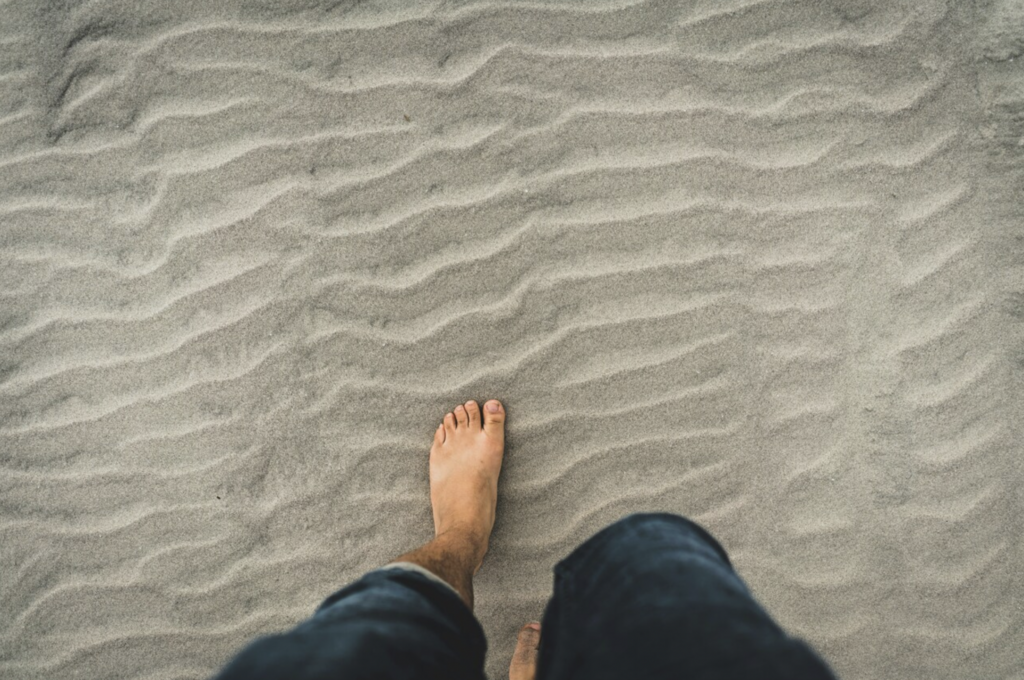Walking the Camino de Santiago is an eye-opening adventure for many. This infamous network of pilgrim routes offers the perfect blend of historical significance, physical challenge, and spiritual fulfilment. However, before setting off on this remarkable journey, there are a few essential things you should know.

Choosing the right route
The network of Camino de Santiago includes numerous different routes – some being older than others. Perhaps the most traditional and popular routes are Camino Francés, Camino Portugués, and Camino del Norte. But, this does not mean that you must do one of those. There are also many other stunning Camino trails that may be more suited for you, such as the Camino Portugués Coastal route. Each of them offer a unique experience and landscapes, so don’t feel pressured to go with the most known route – pick one that matches your personal preferences the most.
Physical preparation
Walking the Camino de Santiago can be a demanding challenge, depending on your chosen route. Underestimating its difficulty can be a mistake that ruins your time there. It is, therefore, a good idea to start training for it several months before your trip. You should focus on building stamina and endurance, which can be done by going on regular long walks. Preferably, you will also walk on different types of terrain to prepare your body for the unexpected.
Packing the essentials
Packing wisely is absolutely crucial for a successful Camino. You must pack as lightly as possible, as you will be carrying all of your belongings with you, while also not forgetting any essentials. This will include a high-quality backpack, comfortable walking shoes, weather-appropriate clothing, water supply, and sun protection. You should also bring a small first-aid kit with basic medications and blister treatment patches. This will take a bit of planning and consideration, so don’t leave the packing to the last minute!
Navigating the route
The official Camino routes are well-marked with yellow arrows and scallop shell symbols, making navigation relatively straightforward. However, having a guidebook or a map and a GPS is crucial, especially for less travelled routes. For instance, when walking the Camino de Santiago from Ferrol, or Camino Inglés, which is a less-known route, having detailed information available will give you the peace of mind that you are on the right track and not missing anything.
Accommodation options
Accommodation along the Camino de Santiago ranges from traditional albergues (pilgrim hostels) to private guest houses and hotels. Albergues are an affordable option, which also offers the cultural and social experience, as you get to meet fellow pilgrims. However, hotels will be the more comfortable option, especially if you like a private and quiet room. If you are using a Camino de Santiago travel agency, they will take care of all the accommodation for you. But, if you are planning everything yourself, make sure you pre-book everything far in advance.
Cultural etiquette
The Camino de Santiago is steeped in history and tradition. Respecting local customs, fellow pilgrims, and the environment is key. A common courtesy that you will likely see is greeting other pilgrims with a friendly “Buen Camino”. You will also find that most pilgrims will be proudly collecting stamps on their pilgrim passports – a cherished tradition that you can get involved with. Remember to stay mindful of others and the importance that this journey holds for many.
Final thoughts
The most important thing to remember is that, while reaching Santiago de Compostela is a significant achievement, the true essence of the Camino lies in the journey itself. Buen Camino!

